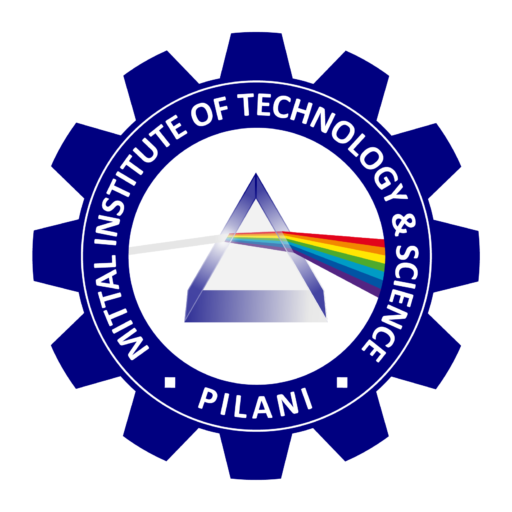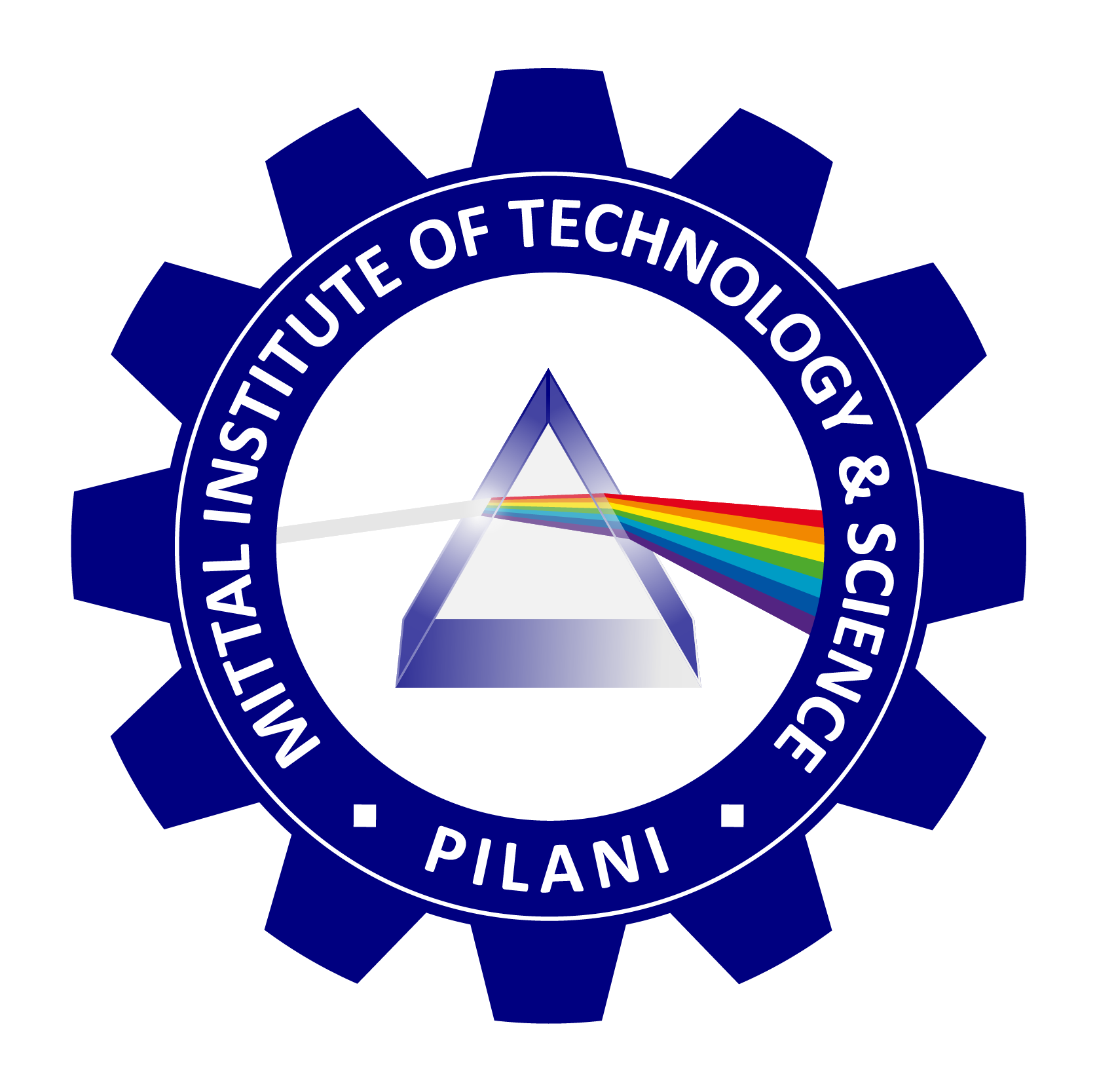
Graphical Processing Units
Graphics Processing Units (GPUs) have become an essential component in modern computing, enabling a wide range of applications from video gaming to artificial intelligence. NVIDIA, founded in 1993, is one of the leading companies in the design and manufacturing of GPUs. Over the years, NVIDIA has revolutionized the computing world with its cutting-edge GPU technologies, impacting industries far beyond traditional graphics rendering.
Evolution of NVIDIA GPUs
NVIDIA’s journey with GPUs began with the release of the GeForce 256 in 1999, which is often regarded as the first “GPU” as we understand the term today. It was capable of transforming and lighting operations on its own, offloading these tasks from the CPU. This breakthrough paved the way for the development of more powerful GPUs, and NVIDIA quickly became a dominant player in the gaming market.
Over the years, NVIDIA has introduced multiple GPU architectures such as Kepler, Maxwell, Pascal, Volta, Turing, and Ampere, each offering substantial improvements in power efficiency, performance, and versatility. The company’s GPUs have grown from being solely focused on gaming to being integral to fields such as deep learning, scientific research, autonomous vehicles, and high-performance computing (HPC).
GPU Architecture and Key Technologies
NVIDIA GPUs are built upon scalable, parallel architectures, making them ideal for handling the complex, data-intensive tasks required by modern applications. Their architecture supports thousands of small, efficient cores that can execute tasks simultaneously, delivering significant advantages in workloads such as video rendering, machine learning, and physics simulations.
One of the key innovations introduced by NVIDIA is CUDA (Compute Unified Device Architecture), a parallel computing platform and application programming interface (API) model released in 2006. CUDA allows developers to harness the massive parallel processing power of NVIDIA GPUs for general-purpose computing. This opened up a new avenue for non-graphical tasks, especially in scientific computation and data analytics, where traditional CPUs would struggle.
Gaming and Entertainment
Gaming remains one of NVIDIA’s core markets. The GeForce series, designed for gaming, has seen consistent advancements in performance and graphical capabilities. With features like real-time ray tracing and DLSS (Deep Learning Super Sampling), NVIDIA has pushed the boundaries of realism in games. Ray tracing, for example, enables more lifelike lighting, shadows, and reflections, while DLSS uses AI to upscale lower-resolution images for better performance without sacrificing quality.
NVIDIA’s influence is not limited to gaming on PCs; its NVIDIA Shield products and involvement in cloud gaming through GeForce Now further demonstrate the company’s role in shaping the future of interactive entertainment.
AI and Machine Learning
One of the most significant impacts of NVIDIA’s GPUs has been in artificial intelligence and deep learning. With the introduction of GPUs capable of handling massive amounts of data in parallel, deep learning algorithms saw a substantial boost in performance. NVIDIA’s Tesla and A100 GPUs, used in data centers and AI research, have become essential tools for accelerating AI workloads.
In 2017, NVIDIA introduced Tensor Cores, specialized hardware within the GPU that is optimized for matrix math, the foundation of neural networks. Tensor Cores allow for dramatic performance improvements in deep learning tasks, enabling faster training and inference of models.
NVIDIA also provides an AI platform called NVIDIA AI, which includes software libraries and frameworks designed to accelerate AI workflows. This ecosystem has become fundamental in the development of cutting-edge AI applications, including natural language processing, computer vision, and autonomous systems.
Data Centers and High-Performance Computing (HPC)
Beyond gaming and AI, NVIDIA GPUs are used extensively in data centers for high-performance computing (HPC) workloads. The need for computing power in scientific research, weather modeling, and genomic analysis has increased exponentially, and GPUs are ideal for these tasks due to their parallel processing capabilities.
NVIDIA’s Data Center GPUs, like the Tesla and Ampere series, deliver the processing power required for large-scale simulations and big data analytics. Moreover, with the rise of cloud computing, companies like Amazon Web Services (AWS), Microsoft Azure, and Google Cloud offer NVIDIA-powered GPU instances, providing scalable solutions for enterprises and researchers.
In 2020, NVIDIA also introduced the DGX A100 system, a GPU-powered platform designed for AI, data analytics, and HPC workloads. By combining multiple GPUs with high-speed interconnects, NVIDIA has created systems that provide unparalleled performance for some of the world’s most complex computational challenges.
Autonomous Vehicles and Robotics
NVIDIA’s vision extends beyond gaming and AI into autonomous vehicles and robotics. Through the NVIDIA DRIVE platform, the company is helping to shape the future of self-driving cars. NVIDIA DRIVE provides an end-to-end platform that combines AI computing with sensor data processing to create highly autonomous systems capable of driving on roads.
The Jetson series, NVIDIA’s AI platform for edge computing, is widely used in robotics and embedded systems. From drones to industrial robots, Jetson-powered systems bring AI to edge devices, enabling them to perform tasks such as real-time object detection, path planning, and more.
Future Prospects
NVIDIA continues to innovate and push the boundaries of what is possible with GPUs. In 2022, the company announced Hopper, a new architecture designed to power the next generation of AI supercomputers. Hopper-based GPUs, such as the H100, offer incredible computing performance, leveraging innovations in parallelism and efficiency.
Looking forward, NVIDIA’s focus on AI, edge computing, and quantum computing positions the company to remain at the forefront of technological advancements. As more industries adopt AI-driven technologies, NVIDIA’s role in providing the necessary hardware and software infrastructure will likely expand further.
NVIDIA’s GPUs have revolutionized many aspects of computing, from gaming and entertainment to AI, data centers, and autonomous systems. Through continued innovation in hardware and software, NVIDIA has positioned itself as a leader in these fields. With its eye toward the future, NVIDIA is likely to continue pushing the limits of what GPUs can do, enabling new applications and industries that will shape the world for years to come.

Professor Rakesh Mittal
Computer Science
Director
Mittal Institute of Technology & Science, Pilani, India and Clearwater, Florida, USA
